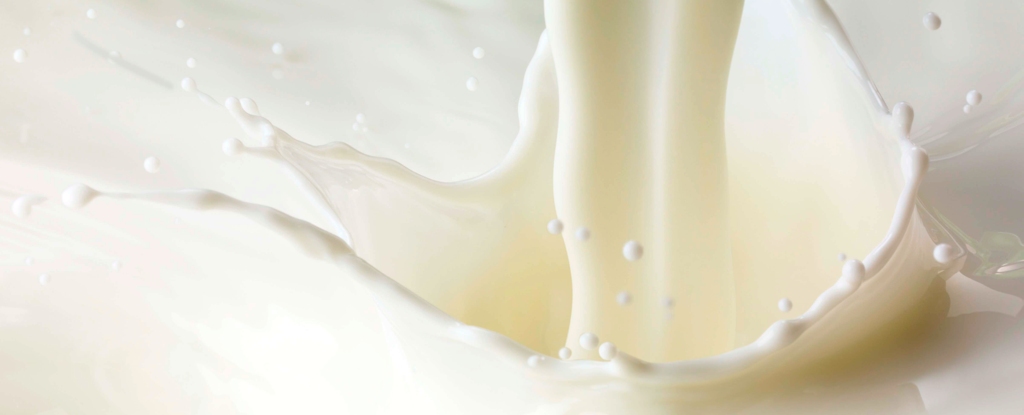A genetically modified cow has produced proteins needed for human insulin in its milk, and the scientists behind the experiment have high hopes that a herd of these cattle could solve the world’s insulin supply problems.
If such a herd were viable – and, based on this first case, that’s still a long way off – the researchers think it could out-compete current insulin production methods, which rely on genetically modified yeast and bacteria.
Insulin – and its role in diabetes – was first discovered in 1921, and for many years diabetics were treated with insulin sourced from the pancreases of cattle and pigs.
But in 1978, the first ‘human’ insulin was produced using proteins from genetically engineered E. coli bacteria, which, along with similar processes that use yeast instead of bacteria, is the main source of medical insulin to this day.
While turning to cows for human insulin supply isn’t new, the new study is the first time ‘human’ insulin production has been achieved in a genetically modified bovine.
The research team, led by animal scientist Matt Wheeler from the University of Illinois Urbana-Champaign, inserted a particular segment of human DNA that codes for proinsulin (a protein that’s converted to insulin) into the cell nuclei of 10 cow embryos, which were then inserted into the wombs of normal cows.
Only one of these genetically modified embryos developed into a pregnancy, leading to the natural birth of a living, transgenic calf.
When it reached maturity, the team made a variety of attempts to get the genetically modified cow pregnant, by artificial insemination, in vitro fertilization, and even the old-fashioned way. None were successful, but the team notes this may be more to do with how the embryo was created than the fact it was genetically modified.
Eventually they were able to get the cow to lactate via hormonal induction, using an undisclosed method attributed to animal reproduction technologist Pietro Baruselli from the University of São Paulo.
The cow didn’t lactate as much as it would during a pregnancy, but what little milk it did produce over a month was examined to look for specific proteins, using western blotting and mass spectrometry.
The blotting revealed two bands with similar molecular masses to human proinsulin and insulin, which were not present in the milk of non-transgenic cows. Mass spectrometry indicated the presence of the C-peptide that’s removed from human proinsulin in the process of creating insulin, which suggests that enzymes in the cow’s milk may have converted the ‘human’ proinsulin into insulin.
“Our goal was to make proinsulin, purify it out to insulin, and go from there. But the cow basically processed it herself. She makes about three to one biologically active insulin to proinsulin,” Wheeler says.
In 2014, a similar kind of genetic modification was achieved in mice, whose milk contained up to 8.1 grams per liter of human proinsulin. Comparable concentrations were not reported in this new study, but that hasn’t stopped Wheeler from thinking about scaling up.
A typical unit of insulin is 0.0347 milligrams, so if, as Wheeler proposes, each cow could make one gram of insulin per liter of milk, that’s 28,818 units of insulin.
“You’d need specialized, high-health-status facilities for the cattle, but it’s nothing too out of the ordinary for our well-established dairy industry,” he says.
“I could see a future where a 100-head herd… could produce all the insulin needed for the country. And a larger herd? You could make the whole world’s supply in a year.”
This research was published in Biotechnology Journal.





